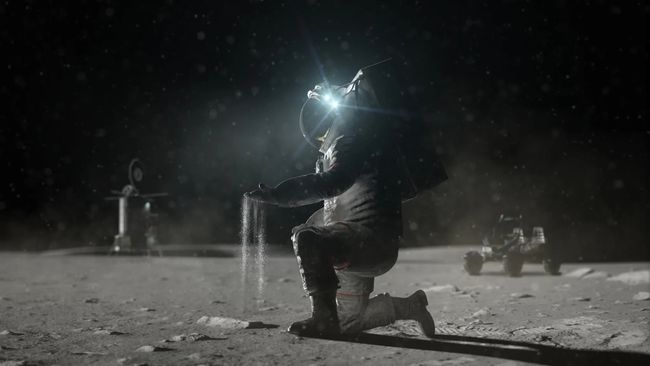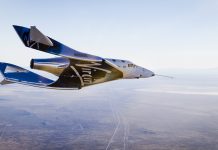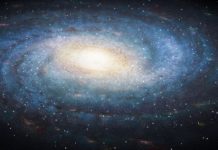Scientists are developing a material for LiqMEST spacesuits that can “repel lunar dust on demand.” The fabric creates an electric field that repels lunar dust and is flexible to work in lunar conditions.
Researchers at Hawaii Pacific University (HPU) have developed a new type of fabric for space suits that can “repel lunar dust on demand.” The project has received $50,000 in NASA funding and will use electrostatic forces to prevent spacesuits from being damaged by sharp particles of corrosive lunar dust.
The new technology is called LiqMEST (liquid metal electrostatic shielding fabric) and is designed to help overcome the dust problems encountered by Apollo astronauts in the 1960s and 1970s. The sharp dust quickly scratched and eroded surfaces such as rovers’ protective shields and astronauts’ spacesuits, and stuck to everything, making even short-term forays onto the lunar surface difficult.

The timeline was tight: NASA plans to send astronauts back to the lunar surface as early as 2025 or 2026 as part of the Artemis program. The exact date depends on the success of the Artemis 2 crew’s planned lunar flyby in 2024, as well as the development of the lander and spacesuits for the Artemis 3 program.
Space suit of the future: electrostatic fabric that saves astronauts from lunar dust
The new technological fabric will allow astronauts to have flexibility in extreme conditions, but the main benefit is its repellent properties. When activated, the fabric creates an electric field that repels lunar dust and prevents it from sticking. This method can be applied to both spacesuits and protective coatings for equipment on the Moon during missions.
The developers plan to create a prototype using funding from the NASA Minority University Research and Education Project (MURAP). If successful, the team plans to submit a new grant application to NASA to use the improved fabric in space.
NASA has been studying the problem of lunar dust for decades. Agency officials note that dust is one of six major issues that must be addressed for astronauts to remain on the Moon for the long term.
The electrostatic fabric isn’t the only prototype being tested. NASA is testing fabric modification on the outside of the ISS as part of the MISSE (Materials International Space Station Experiment) project. The experiments allow materials to be tested in harsh orbital conditions for many months, in a vacuum, and under the influence of strong solar radiation.
A team from NASA’s Kennedy Space Center sent an electrodynamic dust shield to the ISS as part of the MISSE-11 experiment. This was the first test in a series dedicated to the study of technology for repelling dust in space. The shield showed promise, with pre-flight ground tests demonstrating that electrodes on the glass could remove “more than 98% of dust under high vacuum conditions,” according to a short team paper for a February 2020 lunar dust workshop.
Analysis of the KSC shield appears to be ongoing. MISSE-11 results are not yet available on NASA’s experiments website. A follow-up mission involving the shield, called MISSE-15, was launched in 2021, but its results have also not yet been published.




